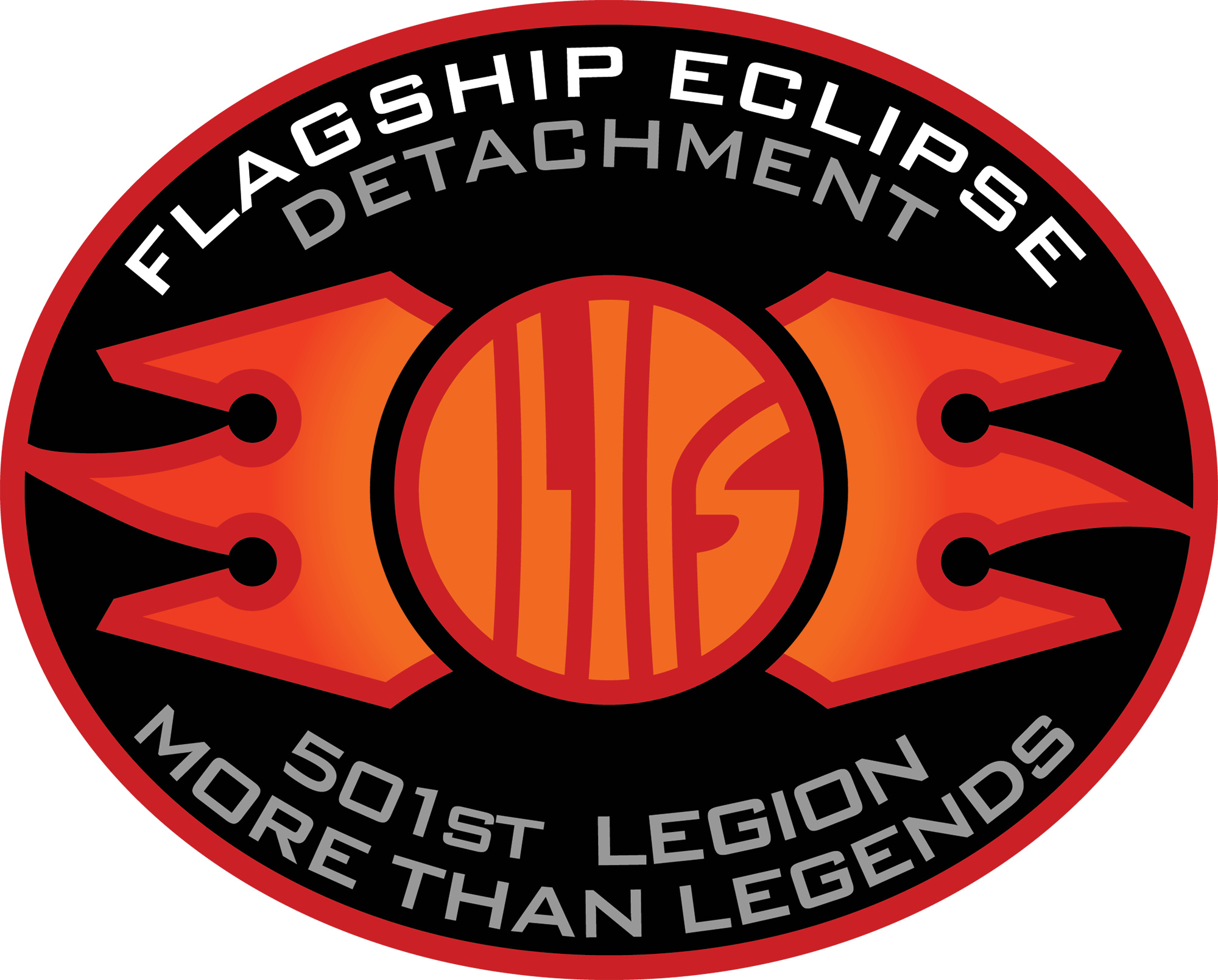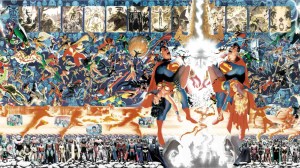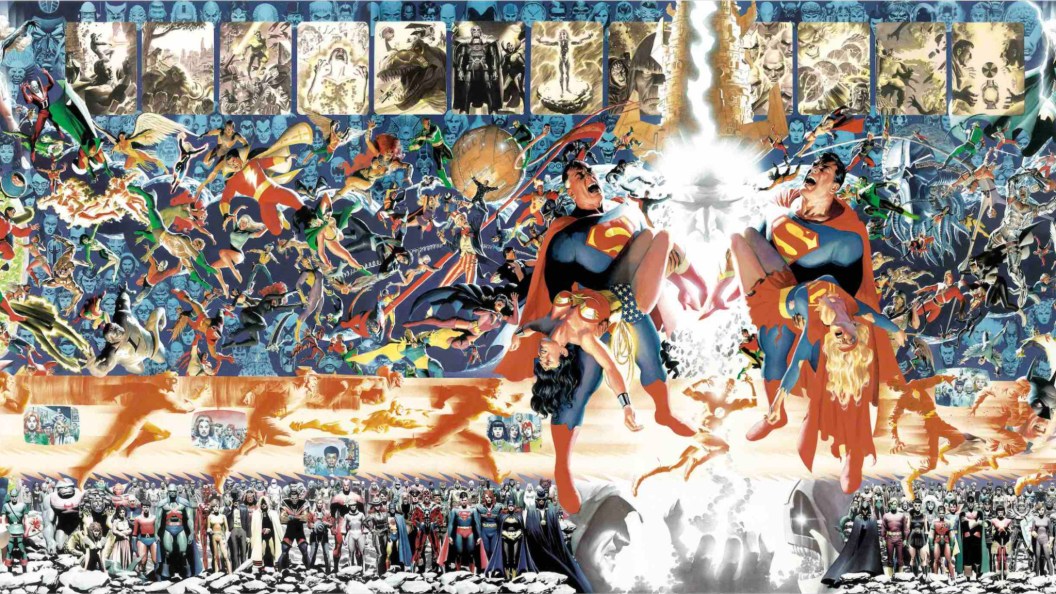
The 1980s were comics’ greatest decade by a wide margin. The ’40s defined the superhero and the ’60s redefined the superhero for a new age, but the ’80s were when comics finally gained some maturity. Many of the greatest comics of all time time were either published in the ’80s or had their genesis in the comics of the decade, and DC Comics was on the forefront of a comics revolution. The ’80s are full of amazing comics from DC, and the decade fostered the careers of some modern greats. Looking at DC’s comics over the ’80s, it’s hard to narrow down the best books and stories; there are so many runs from this time that are counted among the best of all time, and they changed the way readers looked at superhero comics.
DC was easily the better of the two mainstream publishers in the decade of excess. The publisher put out comics that have become synonymous with the ’80s. DC’s creators told stories that showed that superheroes could star in more than just simple morality plays. The best DC comics of the ’80s are works of art, showing how far the superhero medium has come since its debut at the tail end of the Great Depression. These 10 DC comics are the best of the ’80s, comics that helped change the way the public interacted with superheroes.
10) Arkham Asylum: A Serious House on Serious Earth
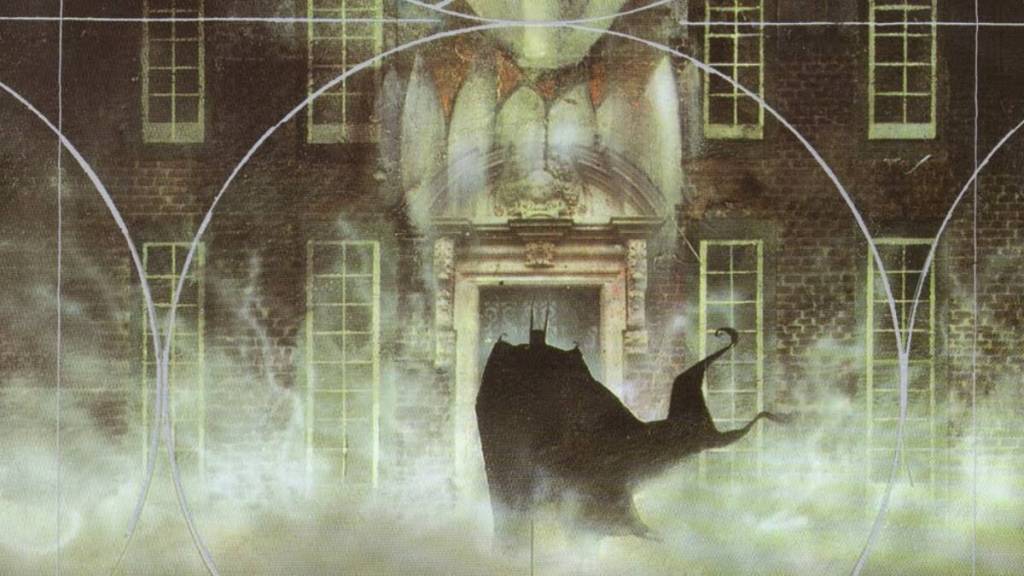
Batman had a great time in the ’80s, but that’s not really that unexpected. Batman has long starred in the best comics of all eras, and the ’80s saw some amazing additions to the Caped Crusader’s oeuvre. Most people would expect to The Dark Knights Returns, The Killing Joke, and “Year One” on this list, but as good as they are, they just missed the cut. Instead, we’re going with the vastly superior Arkham Asylum: A Serious House on Serious Earth, by Grant Morrison and Dave McKean. Arkham Asylum is a superhero horror masterpiece, a story that took the stereotypical Arkham breakout story and added a whole bunch of psychological horror into the mix. Morrison is in rare form for this one, but the real MVP is McKean’s art. McKean takes the horror of Morrison’s script and brings it to life, giving the story the atmosphere it needed to truly transcend the other Batman stories of the ’80s. Arkham Asylum is a masterpiece, and if you can find a first printing — the hardcover was designed by McKean and is as much a part of the story as pages therein — definitely pick it up.
9) V for Vendetta
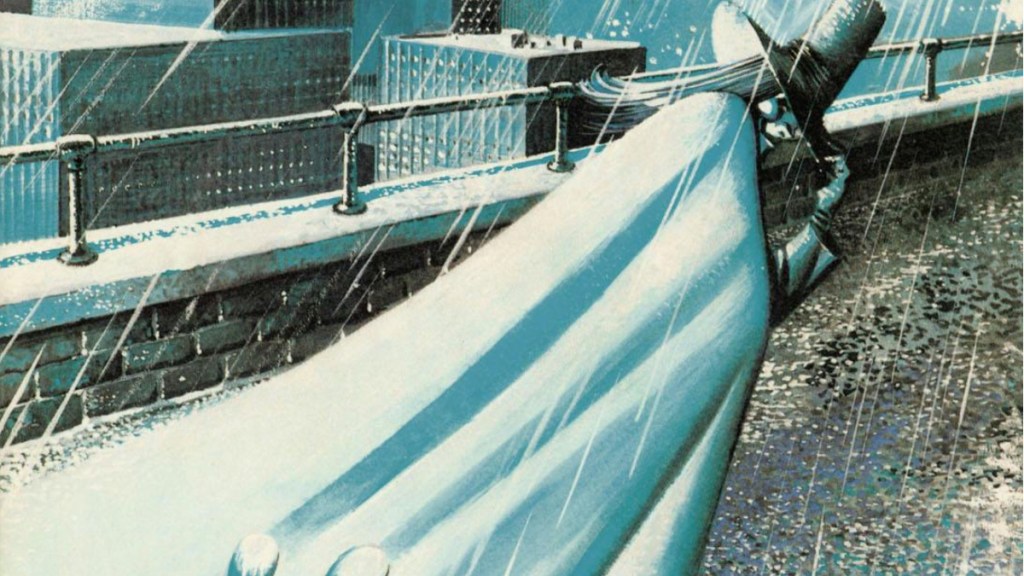
Alan Moore began his career in the UK, writing for anthology books like 2000 A.D. and Warrior. He began V for Vendetta at Warrior with David Lloyd as a black and white serial, but DC would end up publishing it in America in ’88 and ’89. V for Vendetta is Moore’s most overtly political work, an anti-fascist screed that shows the connections that conservative movements have with totalitarianism. The story follows Evey as she’s pulled into the world of the freedom fighter V and his war against the Norsefire party, who had taken over Great Britain after a limited worldwide nuclear exchange, in the then far-off year of 1997. V for Vendetta is magnificent, a piece of anti-fascist art that is still prescient today. It’s one of those comics that showed exactly how far you could take the comic medium, and has become a huge part of the protest culture of the social media age.
8) Camelot 3000

Camelot 3000, by Mike W. Barr and Brian Bolland, took three years to finish its 12 issue run, but by the time it finished, it gave readers one of the greatest reimaginings of the King Arthur mythos ever. Set in the year 3000, a war against a mysterious alien force has been going very badly for the Earth. However, the tide begins to change when the heroes of Camelot begin to awaken in new bodies. Legends are more than just the good guys, though; with the heroes comes the villains, and the circle of tragedy that was Camelot begins all over again. Camelot 3000 is a sci-fi/fantasy masterpiece of the highest order. Barr’s script is magnificent, but the real star of the show is Bolland. Bolland is one of the greatest artists in the history of the comic medium, and he was able to bring the story to life beautifully. Camelot 3000 is a perfect example of a mature comic masterpiece, and it’s still great 40 years after its original ending.
7) “The Judas Contract”
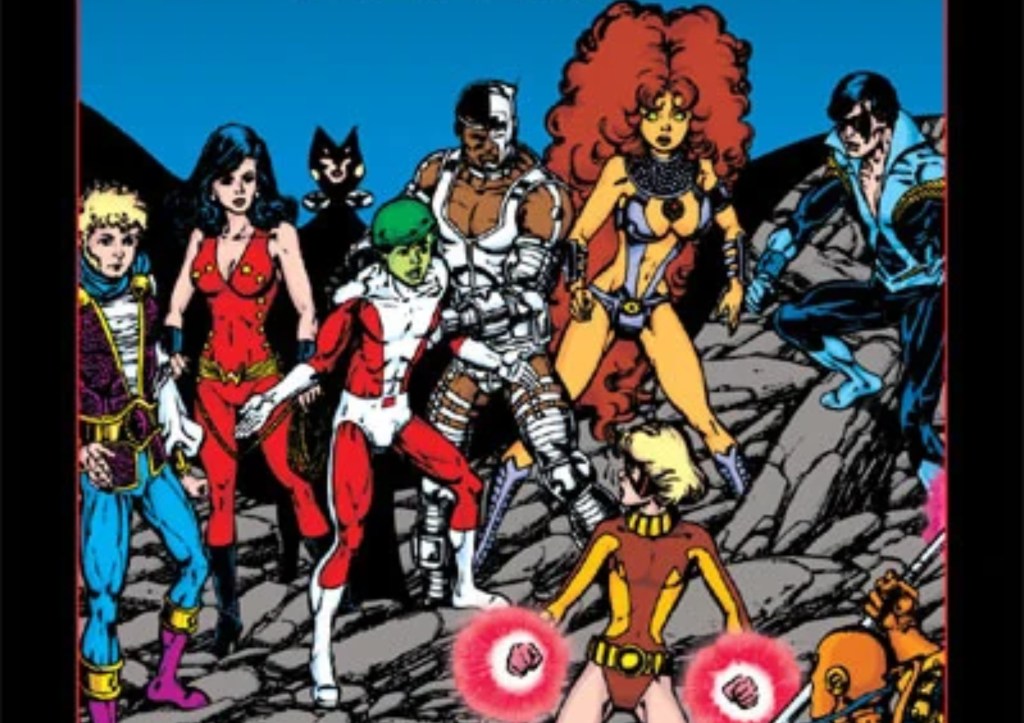
Marv Wolfman and George Perez’s New Teen Titans was DC’s answer to Uncanny X-Men. New Teen Titans became a sales sensation, and gave readers some of the best superhero stories of the ’80s. There are a lot of great stories in their run — I’m partial to “Who’s Donna Troy?” from New Teen Titans #38 and New Teen Titans #20 — but the general consensus is that “The Judas Contract” is the best story of the run. Spanning Tales of the Teen Titans #42-44 and Tales of the Teen Titans Annual #3, “The Judas Contract” sees Terra and Deathstroke make their ultimate strike against the Teen Titans. It gives readers the origin of Deathstroke, the introduction of Jericho, and Dick Grayson taking up the mantle of Nightwing. It’s an excellent story, as Wolfman and Perez put forth all of their considerable powers to make a story that shocked readers of the day. The collected editions usually collect the most important parts of the whole Terra saga, including an excellent Brother Blood story and the end of Robin and Kid Flash’s tenure with the team, and is definitely worth your time. Wolfman and Perez’s Teen Titans are amazing, and this is their finest hour.
6) “Crawling From the Wreckage”

Grant Morrison’s run on Doom Patrol is one of the greatest team books of all time, and it all kicked off with “Crawling From the Wreckage” from Doom Patrol (Vol. 2) #19-22. Morrison was joined by artist Richard Case, and the two of them made magic. Morrison took the strangeness that was always the heart of the Doom Patrol and brought it to the forefront. Cliff Steele is a mental health facility, dealing with the destruction of the last Doom Patrol team, where he meets Crazy Jane, a woman with 63 personalities, all with a different power. The Negative Man bonds with Dr. Eleanor Poole to become Rebis, an intersex being of great power. Niles Caulder and Joshua Clay try to rebuild the Doom Patrol with these pieces, and they’re going to need all the help they can get against the Scissormen, mysterious beings who are cutting people out of reality for a mysterious purpose. “Crawling From the Wreckage” is perfect from start to finish, a character focused ride into the weirdest corners of the superhero community. Morrison and Case’s Doom Patrol is a must-read, and “Crawling From the Wreckage” will make you love the team.
5) Animal Man #1-5
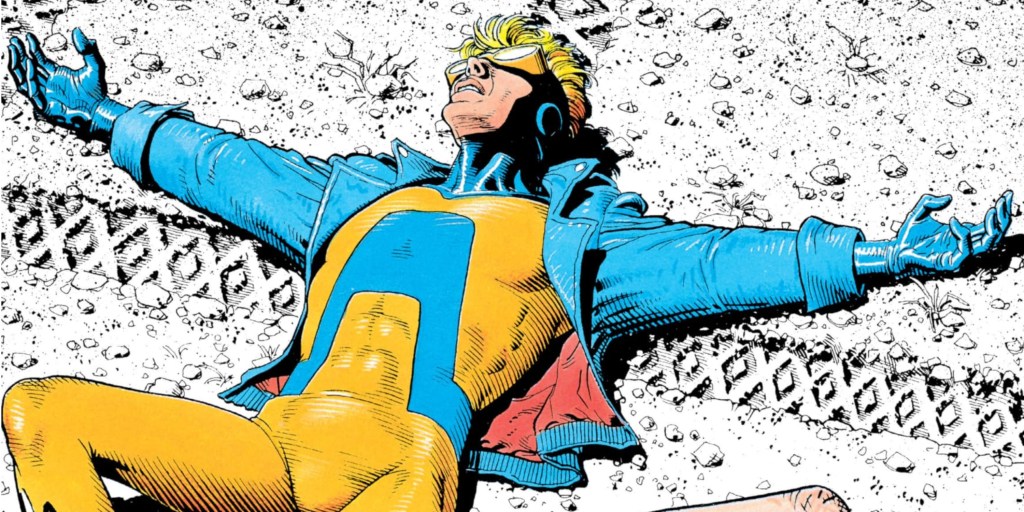
Grant Morrison’s Animal Man is brilliant, an existential superhero masterpiece that you should definitely read in total. Morrison and artist Chas Troug took the cheesy Silver Age hero Animal Man and remade him for the ’90s. The first four issues of Animal Man see him face off against B’Wana Beast, whose ape friend has been captured for animal experimentation. It’s a brilliant little superhero yarn, introducing the basics of Buddy Baker’s life and changing the way his powers work. However, the true gem is issue #5, when Animal Man has to deal with what appears to a cartoon coyote who keeps haunting a desert. This story shows the meta direction the book will go, questioning the way we treat our fictional creations, and it is one of the most outstanding single issues of any comic of the ’80s. Animal Man #1-5 is flawless, and if it doesn’t make you want to read the rest of Morrison’s run, than you’re made of stone.
4) “The Great Darkness Saga”
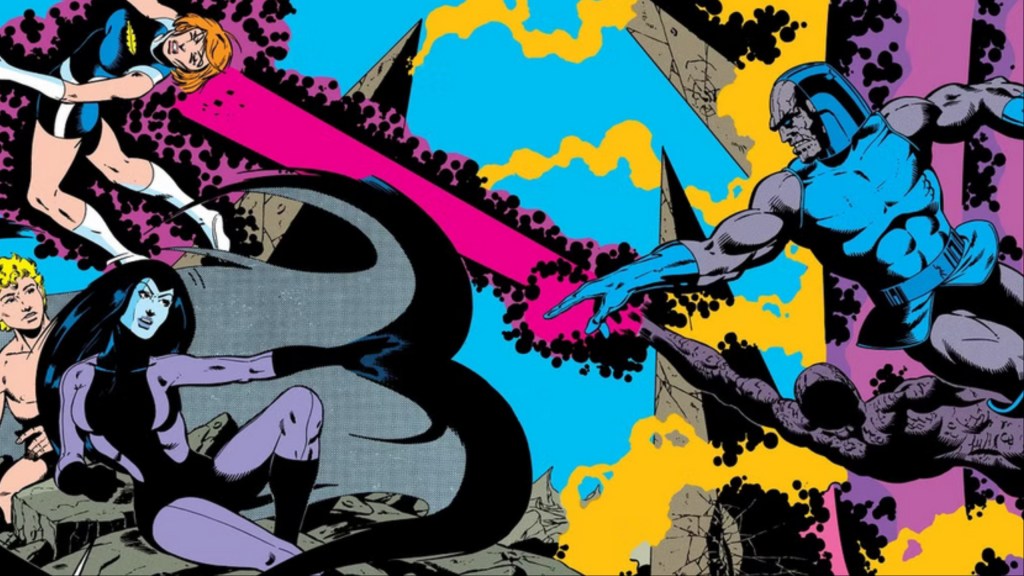
The Legion of Superheroes is one of DC’s most confusing properties, as the tumults of DC continuity have destroyed the team’s past and caused, at last count, seven reboots of the concept. However, the ’80s were before all of that damage was done and Legion of Superheroes was one of DC’s more popular books, with a core of rabid fans. Legion of Superheroes #290-294, by Paul Levitz, Keith Giffen, and Larry Mahlstedt, is the finest hour of the Legion known as “The Great Darkness Saga”. The United Planets of the 30th century finds itself under attack from very powerful mysterious beings. When Brainiac 5 learns the truth about the attacks, it leads to the return of the greatest villain in the DC Multiverse, ready to finally to conquer all life, unleashing an army of Superman level soldiers on the galaxy. “The Great Darkness Saga” is phenomenal, a superhero masterpiece full of twists and turns. This story shows off what the Legion did so well, and will make anyone a fan of the team.
3) Watchmen

Most people would say that Watchmen, by Alan Moore and Dave Gibbons, is the greatest comic of the ’80s. There’s a lot that can be said about that, of course; Watchmen has proven to be an obsession for comic fans for decades now. The story of Rorschach, Nite-Owl II, Silk Spectre II, Ozymandias, Doctor Manhattan, and the Comedian is well known by now, and a perfect example of superhero deconstruction, taking apart the archetypes of the comic industry to show the damaged people beneath it all. Watchmen takes readers in basically every direction possible, presenting readers with a meticulously crafted story full of twists and turns, showing the tragedy and miracle that is life. Moore and Gibbons created a story that truly transcended the superhero medium, showing everyone what was possible when the best were given a chance to tell any kind of story they wanted. Watchmen uses the tropes of superhero comics in entirely new ways, giving readers a story that they’ll never forget.
2) Alan Moore’s Swamp Thing run
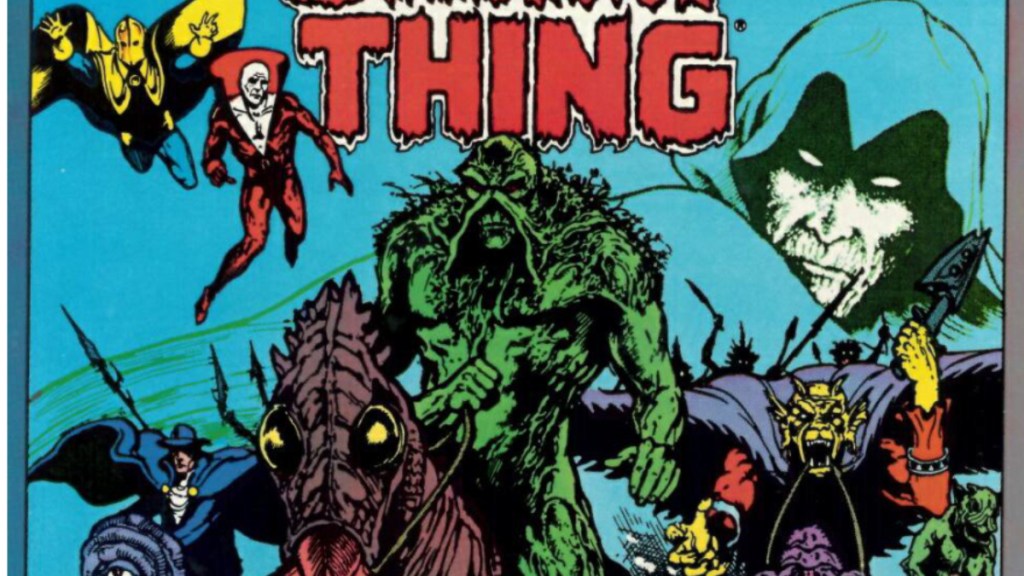
So, usually at this point, you’ll get a certain Alan Moore Swamp Thing story in this place, usually Saga of the Swamp Thing #21 or “American Gothic.” However, if you really want to understand why Moore’s Swamp Thing is such an achievement, then you should just read the entire thing. Moore wrote Swamp Thing #20-61 and #63-64, taking a book on the verge of cancellation and making it the best book on the stands. Moore took a comic about a swamp monster that used to be a man, removed the man from the equation and told the story of a god becoming human. Moore worked with artists Steve Bissette, John Totleben, Rick Veitch, Shawn McManus, Alfredo Alcala, and more I’m probably forgetting, the artists taking Moore’s detailed, intelligent scripts and making magic with them. Moore’s Swamp Thing is superhero horror at its finest, a book that is full of emotion — the main element of nearly every story is the relationship between Swamp Thing and Abby Arcane — and has a lot to say about the society of the ’80s. Swamp Thing by Alan Moore changed comics forever; Moore’s success on the book was reason enough for DC to take chances with more complicated and mature stories, kicking off the British Invasion that would introduce the best creators of the British Isles to the US comic industry. “American Gothic” is the run’s crowning achievement, but the whole thing is basically perfect.
1) Crisis on Infinite Earths

There are a lot of people who question why I placed Crisis on Infinite Earths, by Marv Wolfman, George Perez, and Jerry Ordway, above classics like Watchmen or Moore’s Swamp Thing or Animal Man (not to mention The Dark Knight Returns, which didn’t make this list). The reason is simple — it changed the DC Universe forever. The book’s tagline — “Worlds will live, worlds will die, and nothing will ever be the same” — is the perfect explanation for why Crisis on Infinite Earths is the greatest DC story of the ’80s. The war against the Anti-Monitor touched on every nearly every corner of DC history, with every major character from every major Earth appearing, and gave readers the kind of brilliant action and storytelling that every event book since Crisis thinks they’re giving readers but usually failing. The book paid homage to what came before, and sent off the DC Multiverse with style and grace. Crisis is superhero action at its finest, from a group of creators whose love of DC drips off every page. It’s a monumental achievement, and if you’ve already read it, read it again. It’s really that good.
What’s you favorite DC story of the ’80s (I know you’re all going to yell about The Dark Knight Returns not being on the list, so yell away). Sound off in the comments below.
The post 10 Best DC Stories of the 80s appeared first on ComicBook.com.
